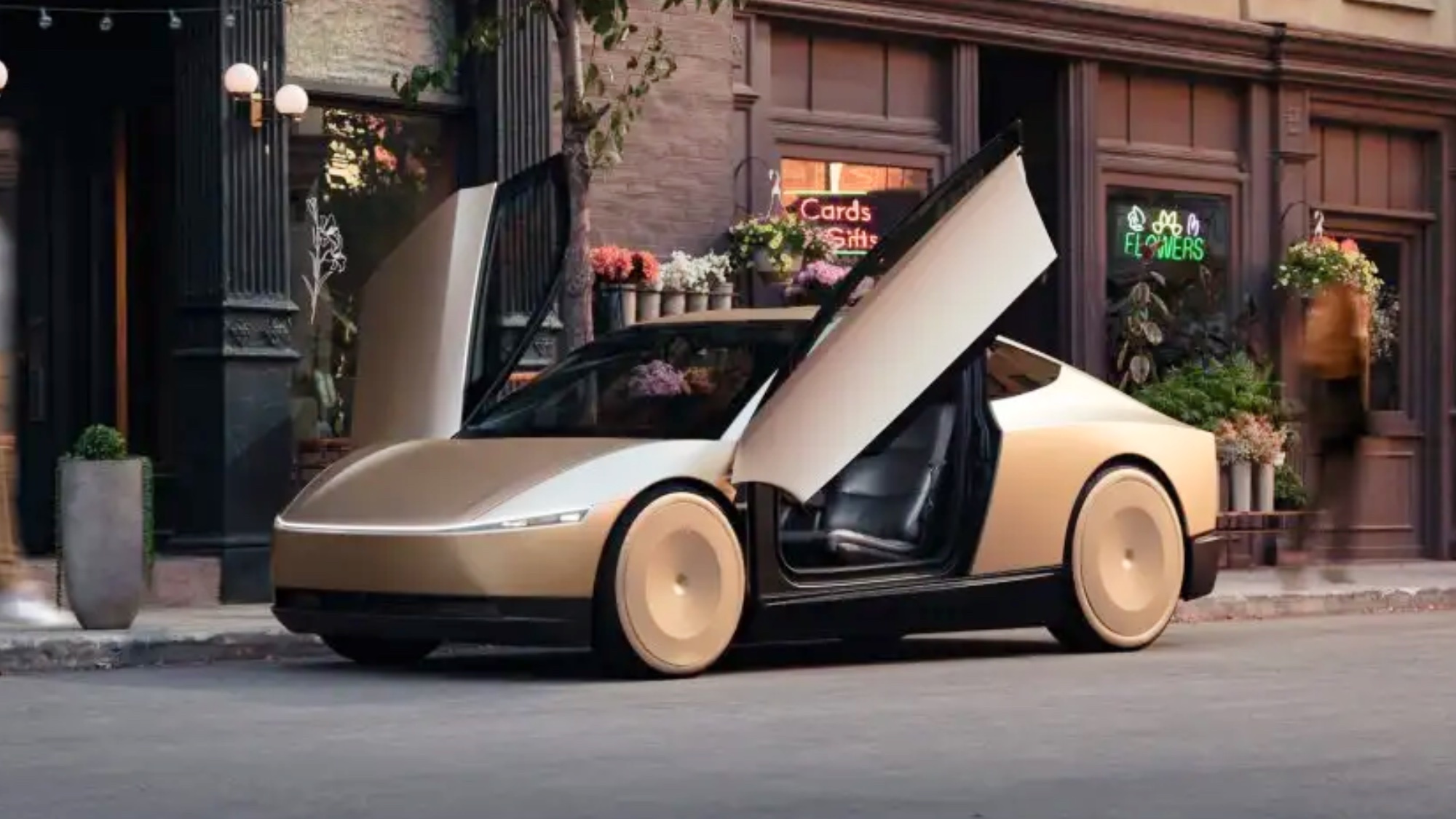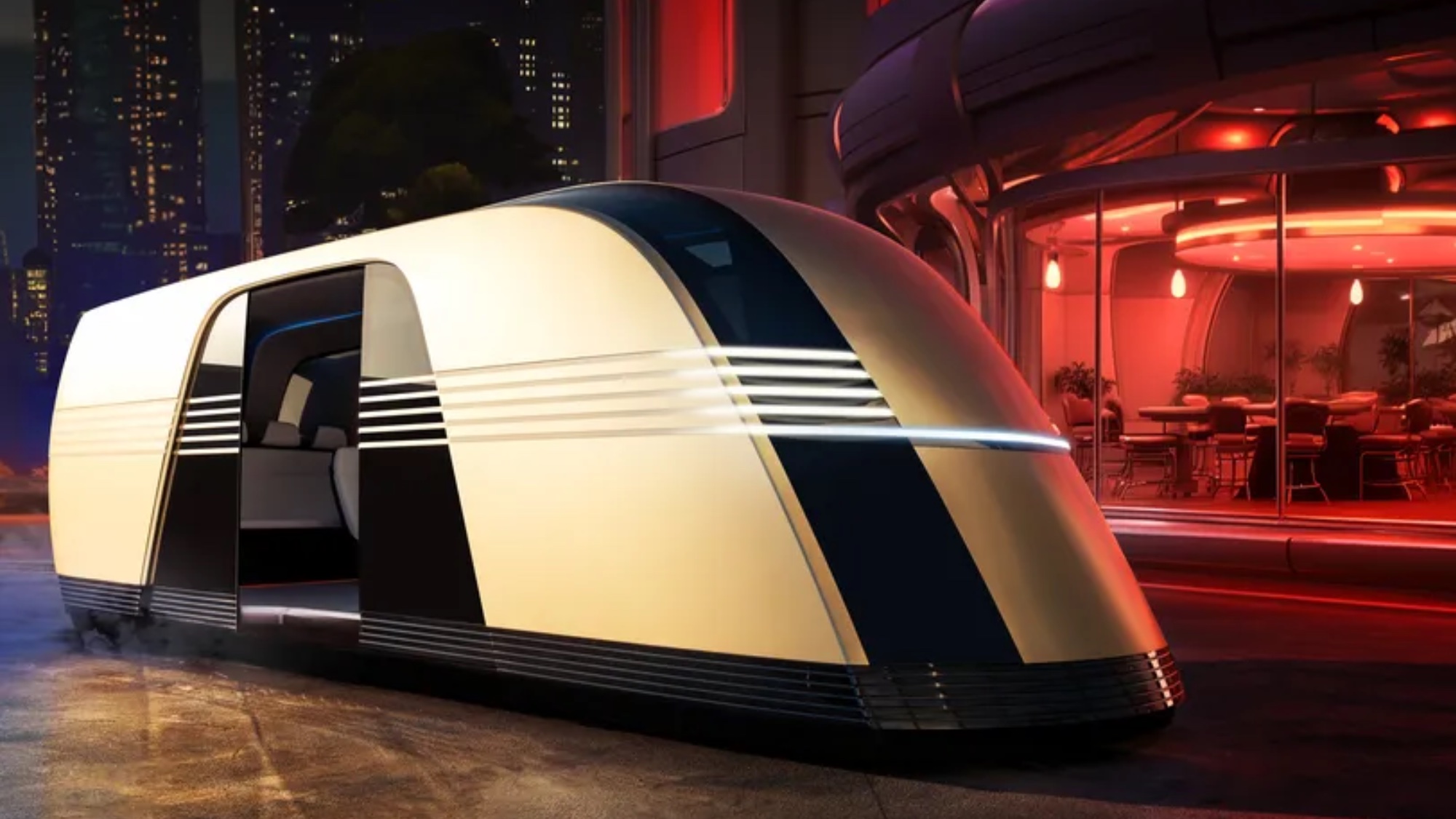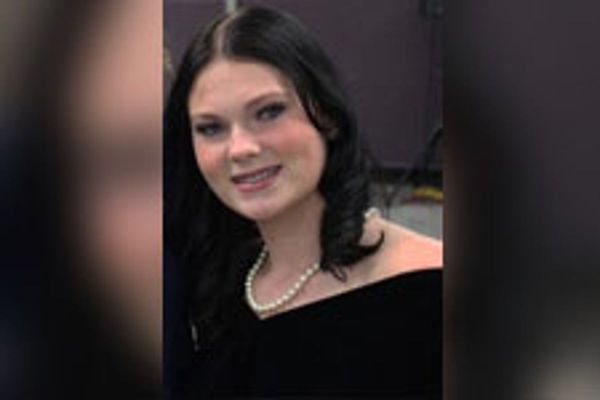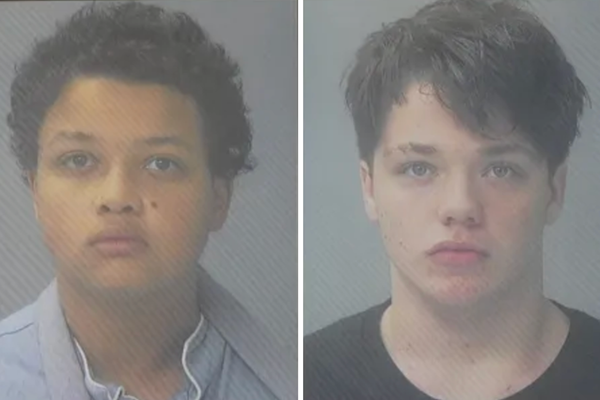
On Thursday, Elon Musk and Tesla finally held the long-teased 'We,Robot' event where Tesla CEO Elon Musk revealed humanoid robots, a robotaxi and a 20-seat 'robovan.'
The event was held on a Warner Brothers lot in Los Angeles, and didn't get off to a great start. The title is a reference to "I, Robot" a book of science-fiction short stories by Isaac Asimov, which seems to echo previous Musk statements referring to Tesla as an "AI robotics company" and not a car maker.
Musk was an hour late to take the stage, claiming that the delay was due to a "medical emergency" for an attendee.
The biggest reveal was the Cybercab, a gold painted vehicle that is a more sci-fi looking scissor-door Model S with LED headlights that displays laser projections on the road. The "driver's seat" distinctly lacks a steering wheel or pedals.
Musk took the Cybercab through a staged demonstration where the robot taxi meandered through various movie sets stopping at junctions or pausing for staged cyclists.
During the event, Musk sclaimed that there were "50 autonomous cars" driving around the Warner Bros. lot, which was supposed to include Model Ys in the built-in autonomous driving mode.
"The autonomous future is here," Musk said. "With autonomy, you get your time back."
Beyond that though, Musk did not describe the technology Tesla is utilizing the in the Cybercab. Though he did reveal that the Cybercab will go on sale for "less than $30,000." He said he expected the autonomous vehicle to start production some time in 2026.
For those watching the livestream of the Tesla event, it was a lot of guesswork to figure out what's actually in the Cybercab. For example, it doesn't appear to run on LiDar or Musk didn't mention it. This suggests the cab is running with high-def cameras to navigate and "see" obstacles.
Much of the disappointment seems to stem from a lack of details including when Tesla when gain approval to allow their vehicles on real roads and not staged backlots or the actual cost per mile to run a Cybercab.
Inductive charging was mentioned, which means the Cybercab lacks a plug and relys on inductive plates to charge the batteries.
Musk admitted he might be overselling it here, "Well, I tend to be a little optimistic with time frames. But in 2026. So yeah. Before 2027. Let me put it that way."
Analyst Ming-Chi Kuo said on X that he believed the Cybercab wouldn't actually hit mass production until 2027.
Unlike Alphabet's Waymo, Tesla does not currently legally have the ability to run unsupervised vehicles on roads in California and Texas.
In general, the event was a resounding disappointment, especially with investors. Dennis Dick of Triple D Trading told Reuters, ""I'm a shareholder and pretty disappointed. I think the market wanted more definitive time lines. I don't think he said much about anything."
For other investors, the event proved to be "underwhelming and stunningly absent on detail," as Bernstein anaylst Toni Sacconaghi told MarketWatch.
Much of the disappointment seems to stem from a lack of details including when Tesla when gain approval to allow their vehicles on real roads and not staged backlots or the actual cost per mile to run a Cybercab.
Robovans and Robots

In a surprise, Tesla also revealed a 20-person Robovan, a transportation pod that somehow looks even more sci-fi than the Cybercab with some renderings showing the pod as a sort of food truck. There were no other details about the pod.
@tomsguide ♬ original sound - Tom’s Guide
They also showed more of the Optimus humanoid robots that Musk has shown off previously. Musk claimed the robots would be sold for $20,000 suggesting that they would be "the biggest product ever, of any kind."
The robots which were supposedly tending bar during the event appeared at best to be props, and Musk didn't provide any more information on what the robots would actually be capable of or when they might produced.
As with the Cybercab the theme of all of these revealed autonomous products was a flashy unveiling with little to no actual details on what powers them or when they would truly be available.
They remain, as before, pie in the sky.







